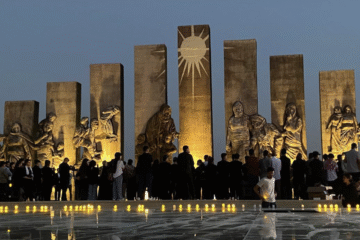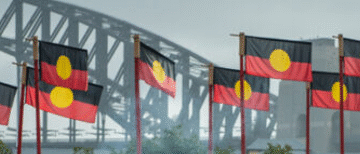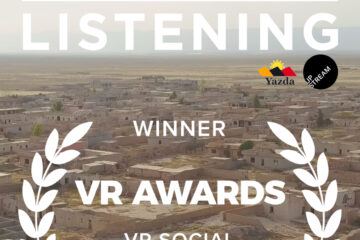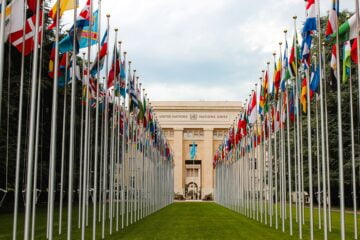11 years Since the Ezidi Genocide – What Has Happened?
On August 3, 2014, the Ezidi people of Sinjar were targeted for extermination by ISIS. Thousands were killed, enslaved, and displaced. The genocide aimed to erase not only lives, but identity, culture, and the ancient faith of Sharfadin.
Eleven years later, justice remains out of reach. Sinjar is still unsafe. Survivors are still waiting. And Iraq has yet to formally recognize the genocide—blocked by those who try to claim the Ezidis as their own.
We remember the victims.
We name the truth.
And we will not stop until justice is done and our people can return home safely. Ezidi Times will continue to speak. Loudly. Relentlessly. Truthfully.





